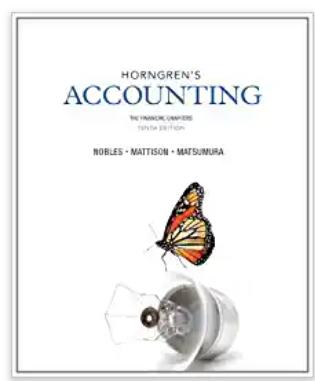Question
Ross Geller is a basketball varsity player at De La Sheng University. He is the starting point guard and averages career highs in points, assists,
Ross Geller is a basketball varsity player at De La Sheng University. He is the starting point guard and averages career highs in points, assists, and steals. He is forecasted to become the country's top point guard when he graduates. Ross commutes to and from his house daily. His average daily travel time (one way) is 1.5 hours, not accounting for abnormal traffic jams. He is a scholar and has maintained good grades up to the current semester. One day, during his daily travels to the university, while walking down a public walkway, he fell into a manhole. He did not notice the manhole as he was memorizing the game plan to defeat their rival team later. He was hurt and severely injured. Luckily, emergency response team was quick enough to rescue him before something grave happened. Ross was rushed to the nearest hospital unconscious. Upon gaining consciousness, Ross was furious because he missed the most awaited game of the season. He is madly blaming the local government for not putting up a warning sign around the unsecured manhole. Apparently, the local government was fixing some issues in such manhole and the workers left it unattended because they wanted to glance Luka Doncic walking around the area. Ross called the Public Attorneys' Office and cried for help. When his lawyer, Chandler, arrived, they firmly decided they were going to sue the local government. When computing for damages, Chandler contacted Joey, a well-known financial advisor in the area, to get an expert opinion. Below is an excerpt from Joey's financial analysis of Ross: "Upon analyzing the gravity of Ross's injuries -there is a high probability he might not walk again. Therefore, decreasing his opportunities to be a productive member of the workforce. At the current age of 20, he is estimated to be a basketball superstar for 10 more years before he retires. As a prospected superstar (and the next face of the league), it is assumed that his starting salary at any basketball team is around 355,000 annually (gross), with expected growth rates of 2% for the first 3 years, with growth rate expected to increase by 25BPS per 2 years until year 10. With an extensive background in the triangle offense, Ross is also expected to put up his own basketball clinic at age 21, its expected initial investment is 1.9M, payable annually for 8 years (237.5k per year) starting at age 21. Gross sales for the first year of operations is 950,000 with an expense ratio of 70%. Gross sales are expected to grow by 300BPS annually until Ross's retirement. The expense ratio, on the other hand, is expected to remain 70% for the first two years of operations and will decrease to 65% for the next four years. Afterwards, it is expected to be stable at 62% of gross sales. Ross's hospital and medical expense are estimated to be 80,000 per month (non-taxable) for two years. Ross and Chandler are determined to claim all damages from the local government, including the medical fees. Joey volunteered to compute for total amount of damages and insisted all interest rates should not be compounded annually. His analysis resulted that interest rates for the first year is compounded
quarterly, the next year is compounded three times a year, the next two years are compounded semi-annually, the next two years are compounded monthly, next two years are compounded bi-monthly, the next year are compounded annually, and the last year is compounded weekly (assume 52 weeks in a year). Joey has utmost confidence in your (yes, you -the one answering this exam) work, therefore, he wants to use the annual interest rates you computed in Problem 1. For periods beyond year 10, use the twenty-year spot rate (Z20) you computed in problem 1 (for purposes of this problem, round off annual forward and spot rates to two (2) decimal points). The tax rate applicable to Ross is 25%. When computing for periodic cash flows, you may round off cash flows to one decimal point. Assume all cash flows occur at the end of the period. Assume further that all cash flows end when Ross retires 10 years from now. Questions
a.What is the minimum amount Ross should claim as financial damages?
b.If the local government persuades that they will pay Ross five years from today, what is the minimum amount Ross should accept?
c.If Ross has a 55% cost of living (based on net cash flows); and he maintains his cost of living at the final year where he receives cash from both his employment and business, and expects to live for 10 more years, what is the minimum amount he should have in his bank account to sustain his cost of living?
Step by Step Solution
There are 3 Steps involved in it
Step: 1

Get Instant Access to Expert-Tailored Solutions
See step-by-step solutions with expert insights and AI powered tools for academic success
Step: 2

Step: 3

Ace Your Homework with AI
Get the answers you need in no time with our AI-driven, step-by-step assistance
Get Started


